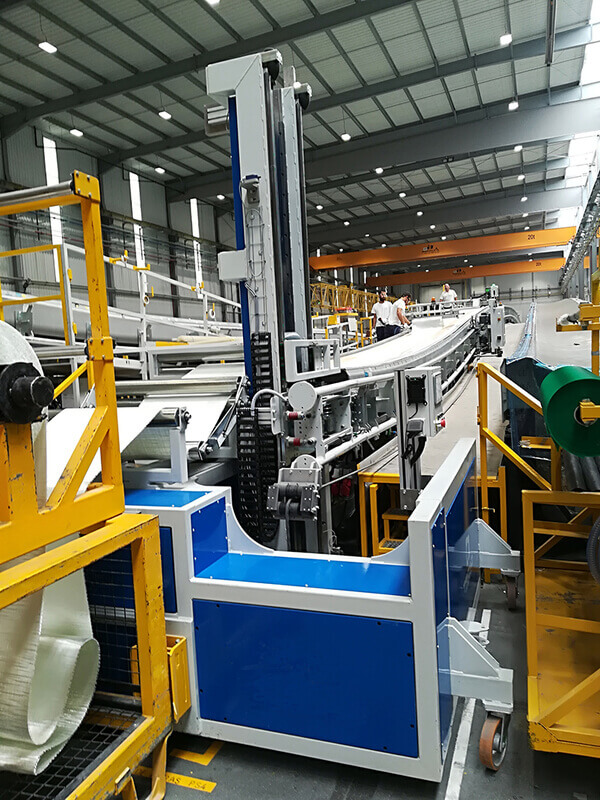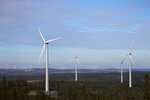News Release from Senvion GmbH
Wind Industry Profile of
Increasing efficiency thanks to smart solutions
One of the most photographed monuments in Portugal is located in Lisbon at the mouth of the river Tejo in the Atlantic. The "Padrão dos Descobrimentos", a 56 meter high sailing vessel made of stone and concrete, is dedicated to sailors and explorers. The monumental mosaic of a compass is adorned on the ground in front of the monument. Wind has always been a mainstay of development in the coastal state at the south-west corner of Europe. The wind, which the Portuguese explorers capitalized on more than half a thousand years ago, is now also used by Senvion.
250 kilometers north of Padrão dos Descobrimentos, in the industrial region of Aveiro, Senvion can be found in the town of Vagos. Here, Ria Blades is located on an area of 83,000 square meters where currently 1300 colleagues are employed.
New manufacturing process was created in teamwork
Francisco Mira, Process Engineer at Ria Blades, stands in the plant's largest manufacturing facility: "To make rotor blades of this enormous size, we had to greatly expand the site and completely redesign the manufacturing process. The concept then arose with the cooperation of different departments - production, maintenance and HSE (Health, Safety & Environment). But the close collaboration with our suppliers and partners was also essential. This was a real team effort and I am proud that we have worked hand in hand to find the best solution in the end."
At the center of the manufacturing process are two semi-automated processes. On the one hand, the stacking of the fiberglass layers of some rotor blade components. So far this process has been carried out manually in a time-consuming manner, since the positioning of the different layers required the highest precision. In Portugal, RodPack technology is used which has much better material properties than conventional glass fibers and opens up new production possibilities. Thus, in the new process, each fiberglass layer is precisely set in the right place effortlessly by the equipment. Francisco Mira explains, "RodPack was the reason why we completely changed this process." The result is that there are considerably fewer shifts and working hours needed to complete the rotor blade.

The time-consuming layering no longer has to be carried out manually.
Man and machine work hand in hand
The second process is now almost completely taken over by an equipment that sands the rotor blades before painting. While the rotor blades were previously sanded with a 35 kilogram sanding machine, which had to be operated by two people, 90 percent of this work is now done by robots, which are monitored by a colleague.
"Both processes, the semi-automatic fiberglass lay-up and the sanding process are thus much faster, more efficient and physically less strenuous. What is clear with Mira, however, is that "humans are responsible for decisions and will remain indispensable. A machine remains a machine. "
Originally, Francisco Mira comes from the automotive industry. Since 2015 he has been with Ria Blades. "A lot of things in the organization and the way of thinking reminds me of my previous work: precision, flexibility, lean production concepts or high quality requirements. But we are trying to absorb the experience from very different branches of industry and make it usable for us. In particular, it is decisive for us to have the ability to think 'out of the box'. This is the only way to revolutionize the manufacturing process."
- Source:
- Senvion
- Author:
- Press Office
- Link:
- www.senvion.com/...
- Keywords:
- Senvion, Ria Blades, totor blades, production plant, Portugal, production, turbine


























